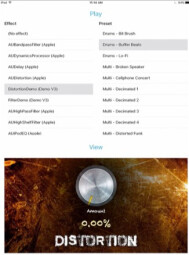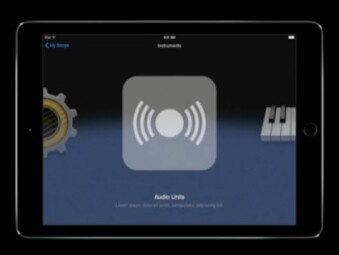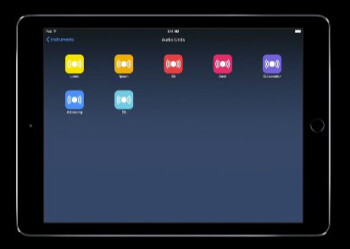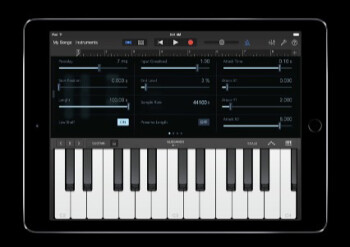During the last WWDC conference, Apple gave an insight of the future of the Audio Units audio plug-in format for OS X and iOS.
The big news revealed at the WWDC was that Apple developed the Audio Units Extensions which, along with the AU format, allows developers to create plug-ins for both OS X and iOS and sell them at the AppStores.
Apple revamped their Audio Units API, which version 2 was released in 2002 and needed a good lifting. The AU 3 API will allow for integrating Audio Unit Components (the directory that is already present on your Mac) in both OS X 10 and iOS 9. To ensure compatibility between the API 2 and 3, Apple has developed bridges so that hosts can support both AU 2 and 3 plug-ins. The AU code for OS X and iOS is the same, so third-party plug-in developers can easily offer their creations on both platforms.
Regarding AU 3 on Mac, the big new is that the plug-ins will operate independently in the system, which means that in case of problems, you’ll be able to kill the plug-in without affecting the host (the DAW).
As for OS, the AU Extensions will support presets and parameters and will have custom GUIs with support for multitouch, as you can see below:
The AU 3 will also enhance the MIDI support: while v2 only supported one virtual cable with 16 MIDI channels, the AU 3 will include 256 MIDI virtual cables, which is particularly interesting when managing large virtual instruments and sample libraries.
Apple will add support for their Audio Units Extensions to all of their music creation software range (GarageBand on Mac and iOS, Logic Pro x and Mainstage) and will give developers the ability to embed custom GUIs to the onboard instruments:
The WWDC being reserved to developed, let’s see what this new API will add to them : structural changes allow for creating more powerful and complex plug-ins, thanks to the new parameter tree and assigned digital addresses. They will also benefit from a new parameter development environment.
One last word regarding the Inter-App Audio: Apple did not clearly stated on this iOS feature, but say that the AU Extensions, which fill many gaps, including presets and parameter support, could replace this utility.
You can watch the conference at developer.apple.com and download an example of the new code. We’re looking forward to seeing these new AU 3 plug-ins and AU Extensions on iOS very soon!


Viewers of this article also read...
-
 Apple releases Logic Pro X's v10.2.1
Apple has updated Logic Pro X, and this version 10.2.1 features numerous new features and enhancements.
Apple releases Logic Pro X's v10.2.1
Apple has updated Logic Pro X, and this version 10.2.1 features numerous new features and enhancements.
-
 Apogee interfaces support Logic Pro remote control
Apogee has released new installers that add remote control via Logic Pro X and Logic Remote for their audio interfaces.
Apogee interfaces support Logic Pro remote control
Apogee has released new installers that add remote control via Logic Pro X and Logic Remote for their audio interfaces.
-
 Logic Pro X and Mainstage updated
Apple released the first major updates of its Logic Pro X DAW and Mainstage live software, but many new features.
Logic Pro X and Mainstage updated
Apple released the first major updates of its Logic Pro X DAW and Mainstage live software, but many new features.






